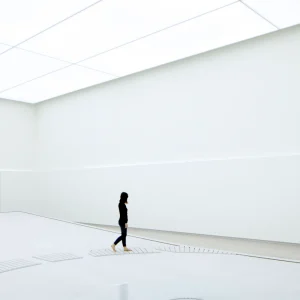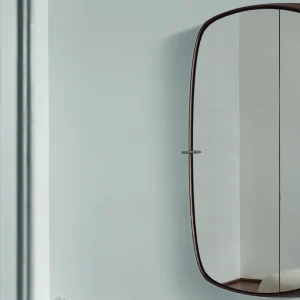The museum will be the new home for Glasgow’s collection of transport and technology. The Tall Ship Glenlee which will be placed alongside the museum will also be opened on the same day. The museum will showcase around 3,000 exhibits in around 150 displays.
The Riverside Museum would be a tunnel-like shed that is open at opposite ends to the city and the Clyde, serving as a porous link to either side. While connecting the two sides, it creates a journey into the world of the exhibits and positions itself symbolically and functionally as open and fluid.
The outer facade of the museum has a complex zig-zag structure. The design concept is a sectional extrusion along a diverted linear path. The cross-sectional outline tries to capture a wave or a ‘pleated’ movement. The outer pleats are enclosed to accommodate the support services and black box exhibits leaving space for the main central space to be column-free and open. The roofs and walls will have openings to provide views out of the exhibition space. The idea is to allow visitors to experience a gradual sense of the external context, moving from exhibit to exhibit. All openings would be solar controlled to help achieve total black out when required.
At the end of the museum, a café and corporate entertainment space is featured. Both provide a view of the Clyde and the Kelvin. The spaces also allow access to the open courtyard. The end elevation is fashioned like the front elevation with an expansive clear glass façade. The building also has a large overhang to reduce solar exposure to its interior. It is constructed to provide expansive views up and down the Clyde.
The landscape around the building is designed to direct the activities surrounding the building. A ring of varying stones slabs creates a shadow path around the building. On the west side there is an an informal open courtyard space with landscape of soft grass. A line of trees are being added alongside the existing ferry quay to reduce the exposure of this area to prevailing winds. A shallow water pool features along the south side and the east, to give continuity with the river at quay level.
Glasgow City Council has provided £50.9 million ($83 million) towards the cost of the new museum. An additional £18.1 million ($30 million) has come from the Heritage Lottery Fund.
The Riverside Museum will be the third home for Glasgow’s transport collection since the 1960s. It is the first major museum the council has built since The Burrell Collection opened in 1983.





